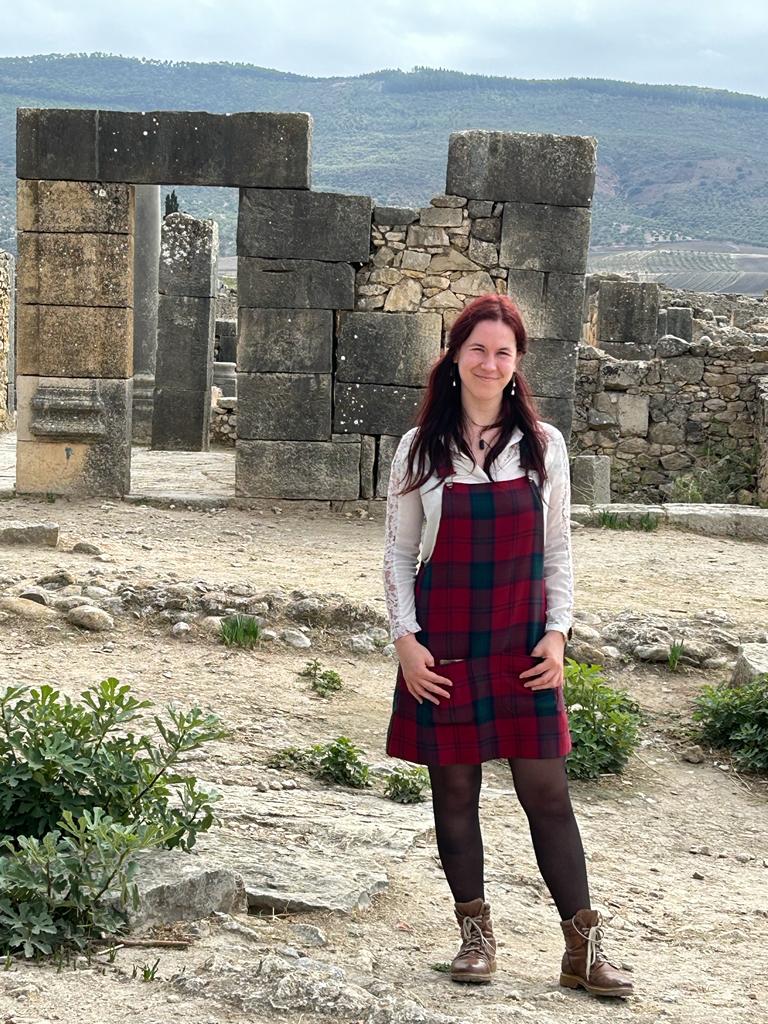This game is a beautiful puzzle game taking place in the 19th century in England. We lose ourselves in the gardens, plants and the many, many, many chairs one can sit in.
We are in our beautiful greenhouse, bathed in sunlight. Pots, plants, soil, and a letter are covering the surfaces around us. It is the year 1890 and we are Arabella Green, a fifty-something-year-old lady with a passion and expertise in Botany in the game Botany Manor. In this puzzle game, we have to find clues about plants in order to learn the specific environmental conditions they need to grow.
The very first plant we manage to grow is the Windmill Wort. This is an especially useful specimen since it is able to get rid of the fog that appeared very, very locally, just in front of the exit of the greenhouse, and robbed us of our ability to leave.
Having left the greenhouse, we are presented with a magnificently peaceful garden. We wander around and sit on a bench or two, or three, or four (the game actually rewards us for doing so with a little achievement!), before making our way to our manor. Frustratingly enough, a lot of the doors in our own house seem to be locked, rendering most of the house inaccessible for now.
As we progress through the puzzles, which are not too hard, but definitely make us use our grey masses, the game attempts to explain the locked doors. A gate was installed and only now the builder delivers a key, somebody took the keys to the garden and left them there, and another lock was changed in our absence to keep some goods safe, absolutely not because the player just needs to progress through the game bit by bit.
The game also drops some hints about the field of botany and the role of women herein, or the restriction placed on this role by others. For example, we find a rejection letter by a professor at a university stating that women cannot contribute to the scientific research of plants, but he encourages Anabelle to pursue and continue ‘her hobby’ in ‘her own garden’. It makes us discuss some other real-life historical women who made pivotal contributions to the field.
In the end, this is a laid-back game that requires you to run around looking for clues, and either use your short-term memory to remember the clues or in case of a lack of such memory, run back to the particular clues you need. While there are some things we’d like to see done differently (there are no people or animals in the whole of the manor or garden and we’d like to be able to look at the gathered clues through the journal), we really enjoy the game: the 2-hour stream is over in the blink of an eye, and we will revisit this game in a couple of weeks.

Sophie Paauw is currently studying Archaeology (BA) at Leiden University, working as an intern at VALUE, and recently wrote a thesis on how we shape material, material(-ity) shapes the past and the past shapes us… and how D&D plays into that, chiefly. Amongst other things, Sophie is interested in the narrative aspect of archaeology, and fascinated by the way the past, present and future find each other in stories and legend (and games, be that classic TTRPGs like D&D or one of the many video games they stream over on the VALUE twitch channel).

Corine Gerritsen is doing a PhD in the Playful Timemachines project at Leiden University. She is occupied with distinguishing those elements that make up the past in video games. With a background in ancient history, it is unsurprising she plays too many games with ‘Rome’ in the title. She is terrible at platformer-games, but great at being (morally) terrible in Crusader Kings, she enjoys adventuring in Skyrim, Assassin’s Creed or The Whitcher, and loves building cute houses in games as Valheim or Enshrouded. When not playing with pixels, she enjoys going to book cafes, buy gothic novels and fantasy books, and test the absolute weight limit of her bookshelf.
Twitter: @CorineGerritse3
